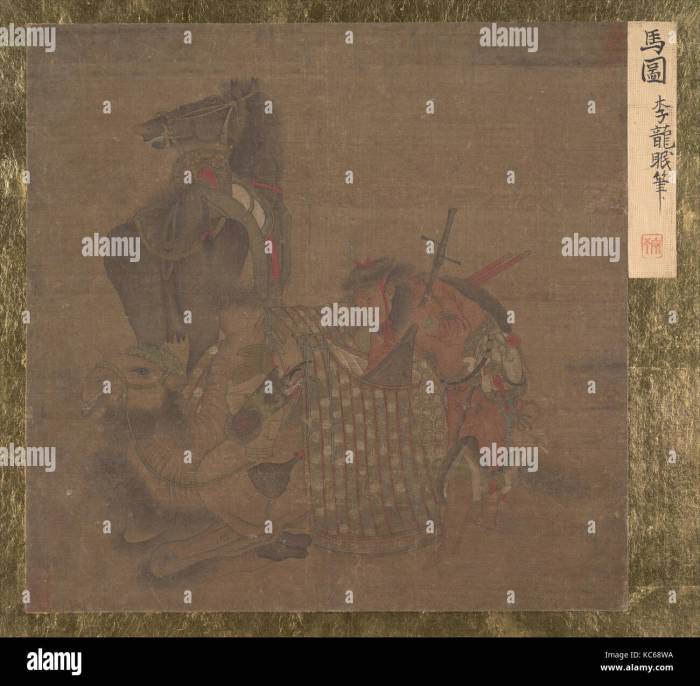What technologies facilitated trade along the trans-saharan trade networks – The trans-Saharan trade networks, spanning thousands of miles across the vast expanse of the Sahara Desert, played a pivotal role in the exchange of goods and ideas between North and Sub-Saharan Africa. At the heart of this vibrant trade lay a suite of technological innovations that facilitated the movement of goods, information, and people across this unforgiving terrain.
From the use of camels for efficient long-distance travel to the development of navigation techniques and communication systems, these technologies were essential in overcoming the challenges posed by the desert environment and fostering economic and cultural exchange.
Technological Innovations for Transportation

Trade across the vast Sahara Desert was made possible by a combination of technological innovations that facilitated efficient long-distance travel. These advancements included:
Use of Camels
- Camels, particularly the dromedary camel, were essential for traversing the desert due to their remarkable adaptability to harsh conditions.
- Their ability to conserve water, withstand extreme temperatures, and navigate shifting sands made them ideal pack animals.
- The development of specialized saddles and harnesses allowed for the efficient transportation of goods and people.
Pack Animals and Caravans
Pack animals, such as donkeys and horses, played a crucial role in transporting goods over shorter distances.
Caravans, consisting of groups of traders traveling together for safety and efficiency, facilitated the movement of large quantities of goods.
Navigation and Mapping

Navigating the vast and featureless Sahara required a combination of celestial navigation techniques and knowledge of the landscape.
Celestial Navigation, What technologies facilitated trade along the trans-saharan trade networks
- Traders relied on celestial bodies, such as the sun and stars, to determine their direction and position.
- They developed sophisticated methods for calculating latitude and longitude, enabling them to plot their course accurately.
Landmarks and Celestial Bodies
- Traders also used landmarks, such as prominent rock formations and oases, to guide their way.
- Celestial bodies, such as the North Star, provided additional guidance, especially during nighttime travel.
Maps and Charts
Over time, traders developed maps and charts to plan their routes and record their journeys.
These maps provided information about distances, water sources, and potential hazards, making navigation more efficient.
Communication and Exchange of Information: What Technologies Facilitated Trade Along The Trans-saharan Trade Networks

Communication and exchange of information were essential for the smooth functioning of trans-Saharan trade.
Messengers and Trading Posts
- Messengers played a vital role in relaying information between distant trading centers.
- Trading posts served as hubs for the exchange of news, market conditions, and trading opportunities.
Written Records and Standardized Weights and Measures
- Traders used written records to document transactions, maintain accounts, and facilitate communication.
- Standardized weights and measures ensured fair trade and prevented disputes.
Top FAQs
How did camels contribute to the trans-Saharan trade?
Camels, particularly the dromedary camel, were uniquely adapted to the desert environment, allowing traders to travel long distances with heavy loads. Their ability to conserve water and withstand extreme temperatures made them indispensable for traversing the Sahara.
What navigation techniques were used by traders?
Traders employed a combination of celestial navigation techniques, using the stars and constellations as guides. They also relied on landmarks, such as prominent rock formations and oases, to orient themselves during their journeys.
How did traders communicate over long distances?
Messengers and trading posts played a crucial role in facilitating communication along the trade routes. Written records, standardized weights and measures, and the use of standardized trade languages helped ensure accurate and efficient exchange of information.